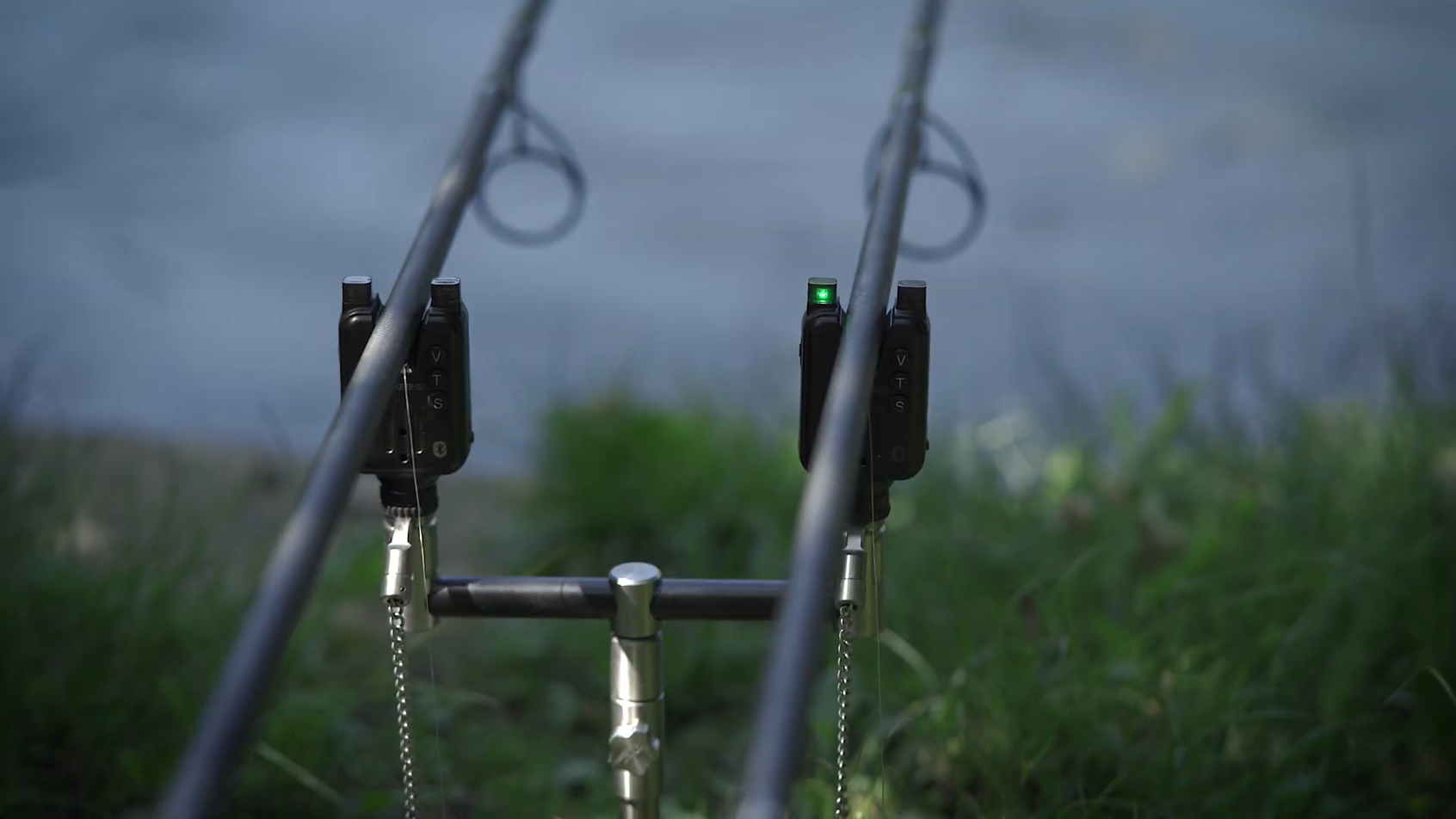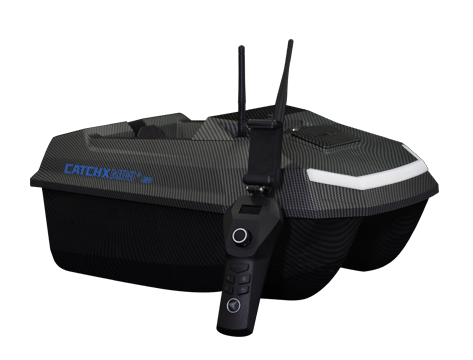The Secrets of Setting Up and Using Carp Bite Alarms
Carp fishing is a thrilling and skillful activity that demands a combination of technique, patience, and the right equipment. Among the essential elements that can significantly enhance your chances of success is bite indication. The ability to detect the subtlest movements of carp taking the bait is crucial for timely hooking and reeling in precious catches. This is where bite alarms and their accompanying accessories play a pivotal role.
Receiver Systems: Revolutionizing Carp Bite Alarms
Bite alarms with receiver systems take wireless functionality to a new level. In addition to the advantages of wireless connectivity, these systems allow anglers to monitor multiple fishing rods simultaneously. Bite alarms with receiver systems come equipped with transmitters that send signals to the receiver, enabling anglers to track each rod individually.

The convenience and versatility of bite alarms with receiver systems are unparalleled. Anglers can set up multiple fishing rods in different locations and receive bite notifications for each rod on a single receiver unit. This eliminates the need to carry multiple receivers or constantly switch between alarms. By simultaneously monitoring multiple fishing rods, anglers can effectively cover a larger area, increasing the chances of detecting and responding to bites.
These bite alarms with receiver systems often offer additional features such as adjustable sensitivity settings, volume control, and customizable alarm sounds. Anglers can tailor settings based on their preferences and fishing conditions, ensuring optimal bite indication and a personalized fishing experience.
Setting Up Carp Bite Alarms
Properly setting up and placing bite alarms and indicators is crucial for maximizing bite detection and response. Follow these tips to ensure the correct setup of bite alarms:
-
Rod Positioning: Position the fishing rod so that the line extends straight from the carp bite alarm to the rod tip. Avoid sharp bends or angles that may hinder the transfer of movement from the line to the bite alarm. This straight-line setup ensures optimal bite indication.
-
Line Tension: Adjust line clips or obstruction bars to achieve the correct line tension. The line should be securely fastened but not too tight to avoid restricting movement. Strike a balance between maintaining tension and allowing the fishing line to release smoothly when a fish is hooked.
-
Indicator Placement: Place the bite indicators at a certain distance to ensure a clear line of sight while ensuring they are not obstructed by waves, water flow, or vegetation. Adjust the height and angle of the indicators to suit your fishing style and preferences.
-
Environmental Factors: Consider environmental conditions such as wind, water flow, and underwater obstacles. Adjust the sensitivity and volume settings of the bite alarms accordingly to minimize false alarms caused by natural factors.
It's crucial to consult the manufacturer's instructions for specific setup guidelines, as different bite alarms may have unique requirements. Consider practicing your setup techniques before your fishing trip to ensure familiarity with the process and make any necessary adjustments on-site.
In conclusion, mastering the use of carp bite alarms involves understanding the different types available and optimizing their setup. With the right knowledge and proper configuration, anglers can significantly enhance their ability to detect bites and enjoy a more rewarding carp fishing experience. Invest time in learning the intricacies of your equipment, and you'll unlock the secrets to successful carp fishing.























